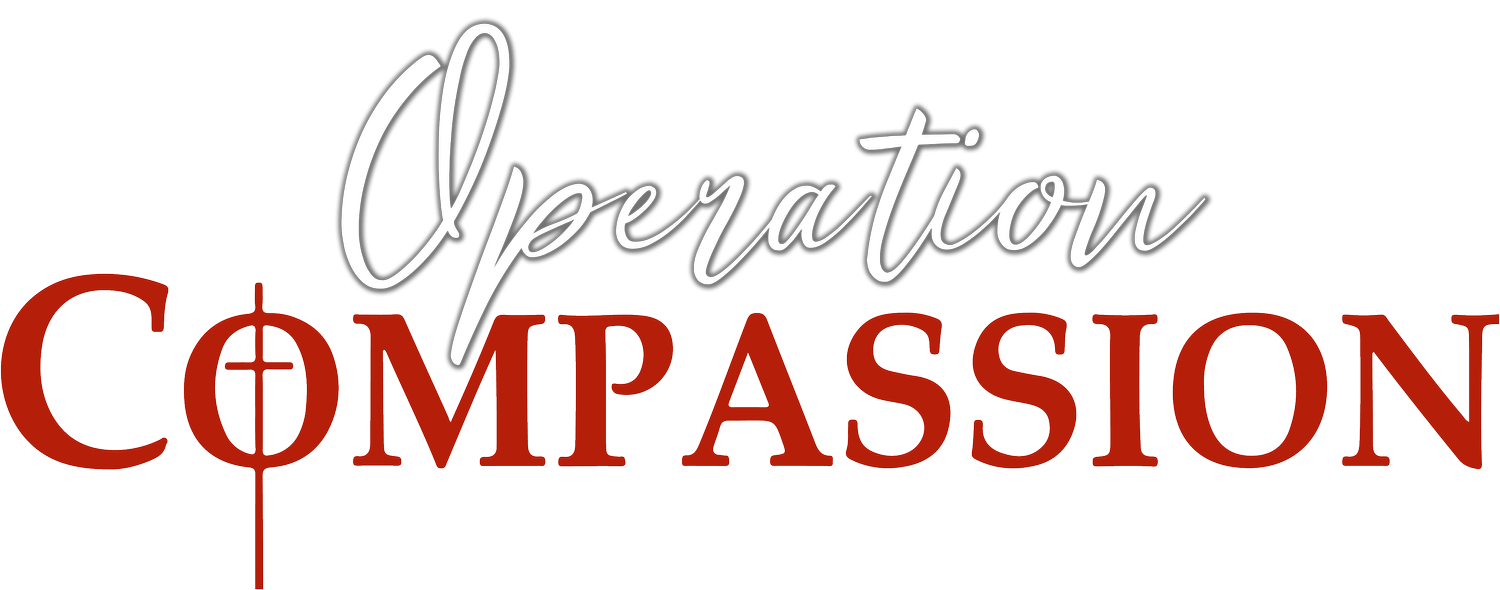
Frequently asked questions.
How did Operation Compassion (OC) get involved in disaster relief?
The first natural disaster that Operation Compassion responded to was Hurricane Mitch in 1998. When it struck Central America, we gathered supplies and necessities to send to affected communities.
How does OC respond to disasters?
We begin by assessing the damage of each disaster and the needs it creates. We then identify the logistic requirements and determine the optimal location for the disaster response sites as well as volunteer bases
Operation Compassion typically initiates our disaster response with Blessing Boxes that provide essential items to support individuals in the initial days following a disaster.
Subsequently, based on the circumstances, we dispatch supplies like water, hygiene products, household items, food, cleaning supplies, and occasionally medical supplies via semi-trucks or box trucks.
Where does OC get all its disaster relief products from?
Over the last 24 years, we have been able to build relationships with over 100 different charities around the world and are able to procure products from them. We have also built partnerships with companies that donate products such as the cleaning supplies, toilet paper, paper towels and water. We are continually expanding our partner base. If you or someone you know would be interested in partnering with OC in product donations or procurement, let us know by filling out the contact form here.
Where does OC need the most help?
There are two primary areas of need. First, the expenses involved in operating a non-profit disaster relief organization are significant. These costs include maintaining warehouses, offices, employees, semi-trucks, box trucks, and renting additional vehicles when necessary. Expenses like drivers, insurance, fuel, hotels, and food can accumulate rapidly.
Second, it is essential for community organizations across the nation to be aware of our organization and the work we do. This helps us build relationships with individuals who can give us first hand assessments of natural disasters and communicate the needs of communities affected by those disaster. Our goal is to establish teams of volunteers in every regions and state across the U.S. who are prepared to deploy promptly upon request to help provide the fastest and most effective response possible.
